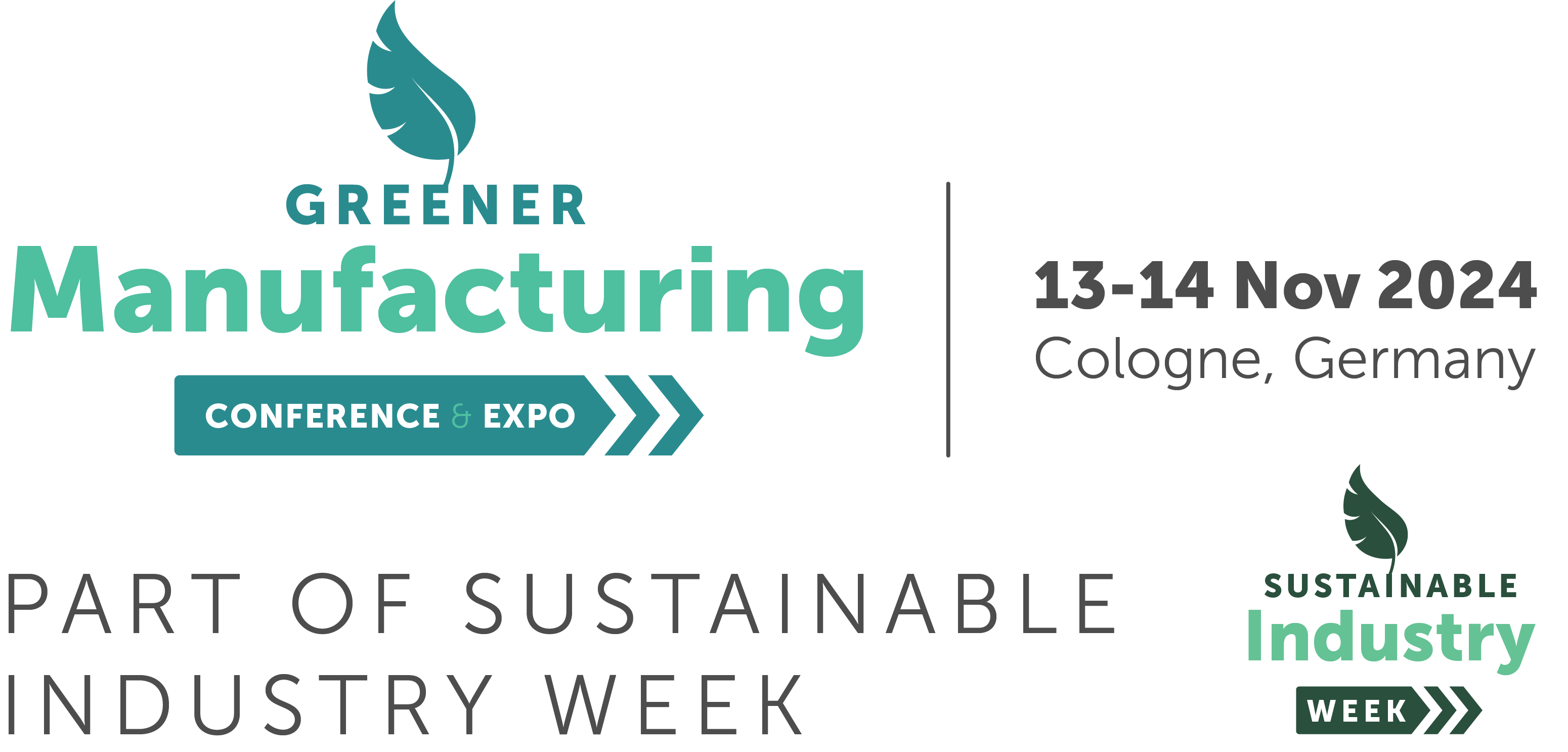A study has developed a machine which can fraction lignin
)
The study led by Mark Vis, assistant professor in the Department of Chemical Engineering and Chemistry, in collaboration with TU/e and Vertoro, has created a new model which makes fractioning lignin possible.
This is a huge advancement as previously the lignin from agricultural waste or woody biomass would have been burned and as this contained so many reliable raw materials that could be used in the chemical industry, burning lignin was a massive waste.
Through this study, where beforehand it was thought that lignin contained too many unpredictable and variable properties, which affected its usability, the study discovered that lignin can be valorized, making it usable. The process of valorizing lignin involves a treatment process called solvent fractionation; this helps isolate the desired lignin types from the rest. The required lignin types are dissolved from the stack and can then later be purified by removing them from the solvent.
Mark Vis described the problem they overcame and mentioned how the result of the experiments they performed on lignin derived from wheat straw, were better than they hoped, "Fractionation can decrease the range of lignin types, but with millions of lignin types in a sample, it's difficult to be sure that a particular solvent will isolate a particular type of lignin. Theoretical calculations can help predict the outcome of fractionation, but current theories are too complex to apply to lignin. And this is the problem that we solved. Our model is well suited if you have hundreds of different polymer types simultaneously, which means that we can model the interactions of numerous lignin polymer types with different chemical properties (such as polymer chain length and composition) with the solvent. Gaining insight on these interactions is critical as they affect whether a certain lignin type will dissolve or not in a certain solvent."
As lignin can be grown quickly that makes it easily accessible for long term production and this breakthrough with the new model is another addition to a more sustainable and greener manufacturing process. Now that there is a method that can be used to separate the necessary parts of lignin from the unnecessary parts, instead of burning the lignin and wasting it, greenhouse gas emissions and waste can be reduced, as organic lignin can be used as a reliable raw material within the chemical industry. This new model is a huge success as it bridges the gap between turning lignin into resins, foams and biofuels, through the use of a green manufacturing process.





